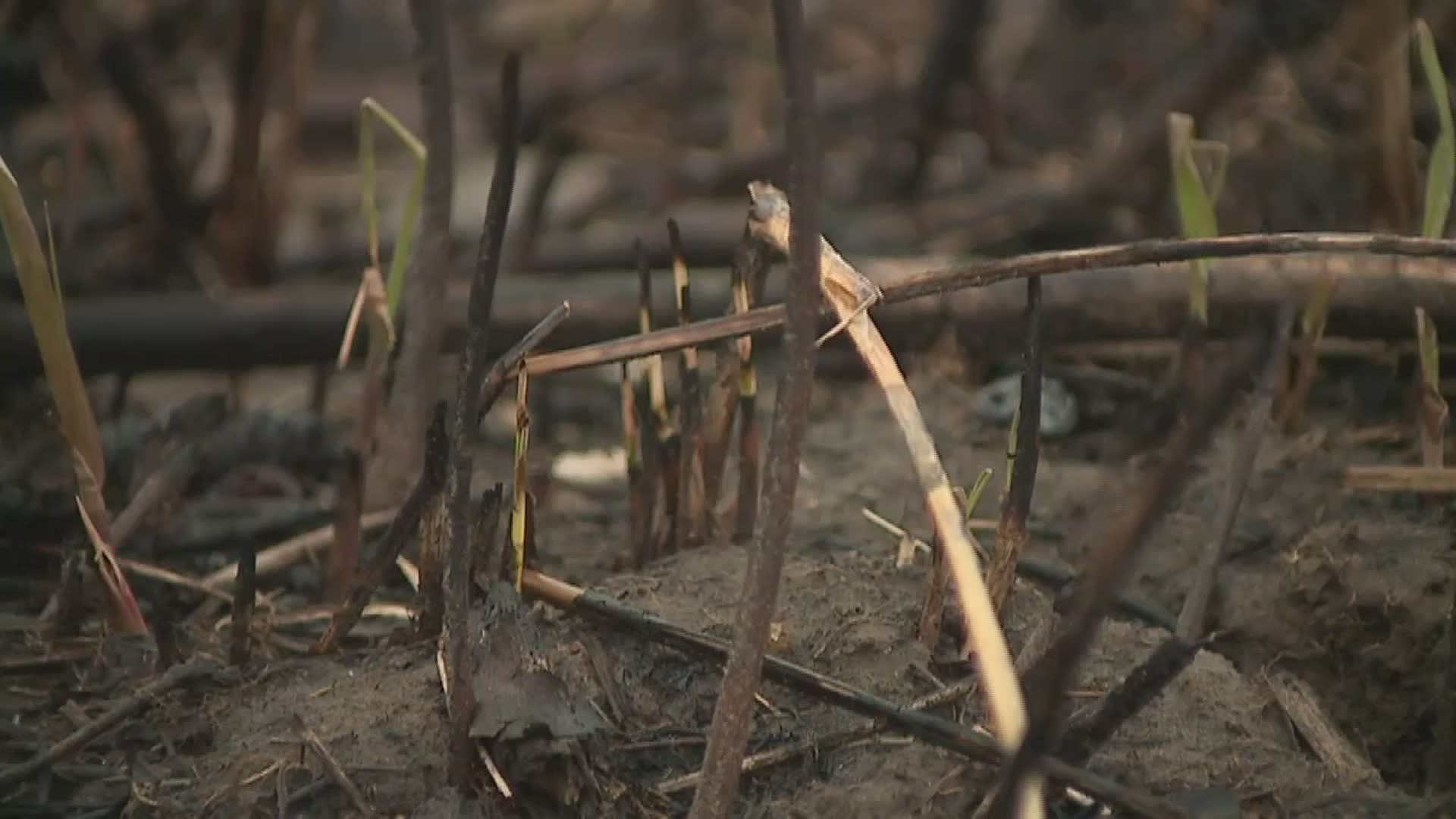DAVENPORT, Iowa — Humans aren't the only ones ready to say goodbye to snow and hello to spring. Birds are starting to migrate back to the Quad Cities and plants are just about ready to poke out of the ground. But for a few species of frogs, they've got some defrosting to do before they can start hopping around.
Jimmy Wiebler is the AmeriCorps Naturalist and Research Coordinator at Nahant Marsh. He's studied how some unique species of frog literally freeze to survive the brutal Midwest winter.
"All three of those frogs are exposed to the winter environment, so exposed to those harsh conditions," he says. "The temperatures are cold enough their body freezes. Their heart rate stops. There's no muscle movement, there's no measurable brain activity, there's no breathing."
The three frogs that accomplish this feat are the boreal chorus frog, eastern tree frog and Cope's gray tree frog.
Executive Director Brian Ritter says they utilize Mother Nature's antifreeze to do it.
"Way down at sub-zero temperatures and not have any damage to their tissues as a result," he says.
Wiebler explains that this "antifreeze," also called cryo-protectants, is a variety of things in an animal's blood that helps their bodies shut down while still staying alive. For frogs, it's usually glucose.
"They can survive... their body water being frozen as ice at least 50 percent," he says.
As the temperatures rise, so will these frogs from their leafy hideaways in the brush. And they'll be waking up to a bigger Nahant Marsh.
"(We) essentially converted it back into wetlands and prairie," Ritter says.
The marsh recently converted about 40 acres of farmland back into wetlands. Ritter says they plan to add a trail this summer to make it easier for people to get out and enjoy it. He says there are another two and a half acres they're restoring into a sand prairie.
Wiebler says the frog's ability to freeze and thaw could be useful in treating diabetes because of the frog's high blood sugar levels. It could also help with preserving organs for transplants.

